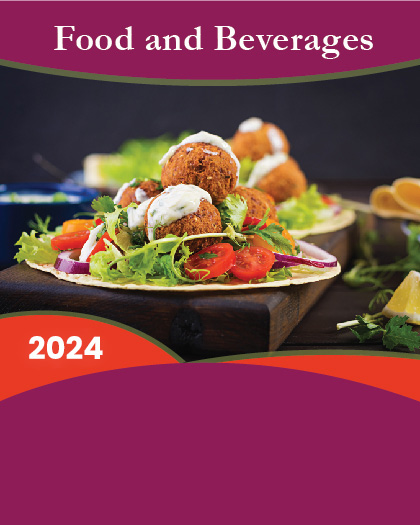

Baby food implies to the food prepared for infants aged from four-six months and two years up to nine years. It is primarily made up of minced and mashed vegetables, cereals, meats, and fruits. In the recent years, packaged baby food has been widely adopted by parents since it provides convenience and higher nutrition level. In addition, the rise in awareness among people about the numerous health advantages of feeding baby food to infants has significantly fueled the growth of the baby food market. The U.S. baby food market size was valued at $12.9 billion in 2018 and is projected to reach $17.2 billion by 2026, growing at a CAGR of 3.7% from 2019 to 2026. Although millennial parents prefer less kids, they adopt the "quality over quantity" approach. They prioritize organic foods and chemical-free baby products and are ready to purchase products at a higher price. In the coming years, brands providing high quality fresh foods will experience elevated growth. In addition, meal-kit delivery services of packaged baby food have become a pioneer in the baby food retail industry. They offer home delivered organic and nutrient-rich ingredient baby food on subscription basis. With the rise in demand for fresh and clean labelled baby food products, the direct to consumer platform has gained momentum. Consumers are increasingly adopting the subscription based customized meal plans for their babies. This not only provides convenience, but also healthy and high nourishment meals. The U.S. baby food market is segmented on the basis of product type and distribution channel. By product type, the market is categorized into prepared baby food, dried baby food, cereal, and other baby food. Among these, the cereal segment leads the market with maximum share in terms of revenue, as it has a high content of proteins and vitamins, which promote overall growth and thereby consumed by infants on a regular basis. However, the other baby food segment is expected to experience high demand in the market during the forecast period. By distribution channel, the market is classified into hypermarket & supermarket, independent grocery store, specialty store, direct to consumer, and online store. The U.S. economy majorly prefers hypermarket & supermarket for baby food products and therefore, most of the baby food is sold through mass retail stores such as Walmart and Target in the U.S., thereby making it the dominant channel of distribution for baby food. However, the direct to consumer channel is experiencing growth at a rapid pace since they pay emphasis on the importance of healthy and fresh availability of meals for babies and are provide ready to eat packaging. The key players in the U.S. baby food market include Abbott laboratories, Beech Nut, Danone, Diana Group, The Hain Celestial Group, Inc., The Kraft Heinz Company, Little Spoon Inc., Mead Johnson & Company, LLC., Nestle S.A., and Plum, PBC. Key Benefits for Stakeholders - This report provides a quantitative analysis of the current trends, estimations, and dynamics of the market size from 2019 to 2026 to identify the prevailing U.S. baby food market opportunity. - Porter's five forces analysis highlights the potency of buyers and suppliers to enable stakeholders to make profit-oriented business decisions and strengthen their supplier-buyer network. - A comprehensive analysis of factors that drive and restrict the U.S. baby food market growth is provided. - An in-depth analysis of the U.S. baby food market helps determine the prevailing market opportunities. - The report includes details of the analysis of the regional markets, key players, market segments, application areas, and growth strategies. Key Market Segments - By Product Type o Prepared Baby Food o Dried Baby Food o Cereals o Other Baby Food - By Distribution Channel o Hypermarket & Supermarket o Independent Grocery Store o Specialty Store o Direct to Consumer o Online Store






















